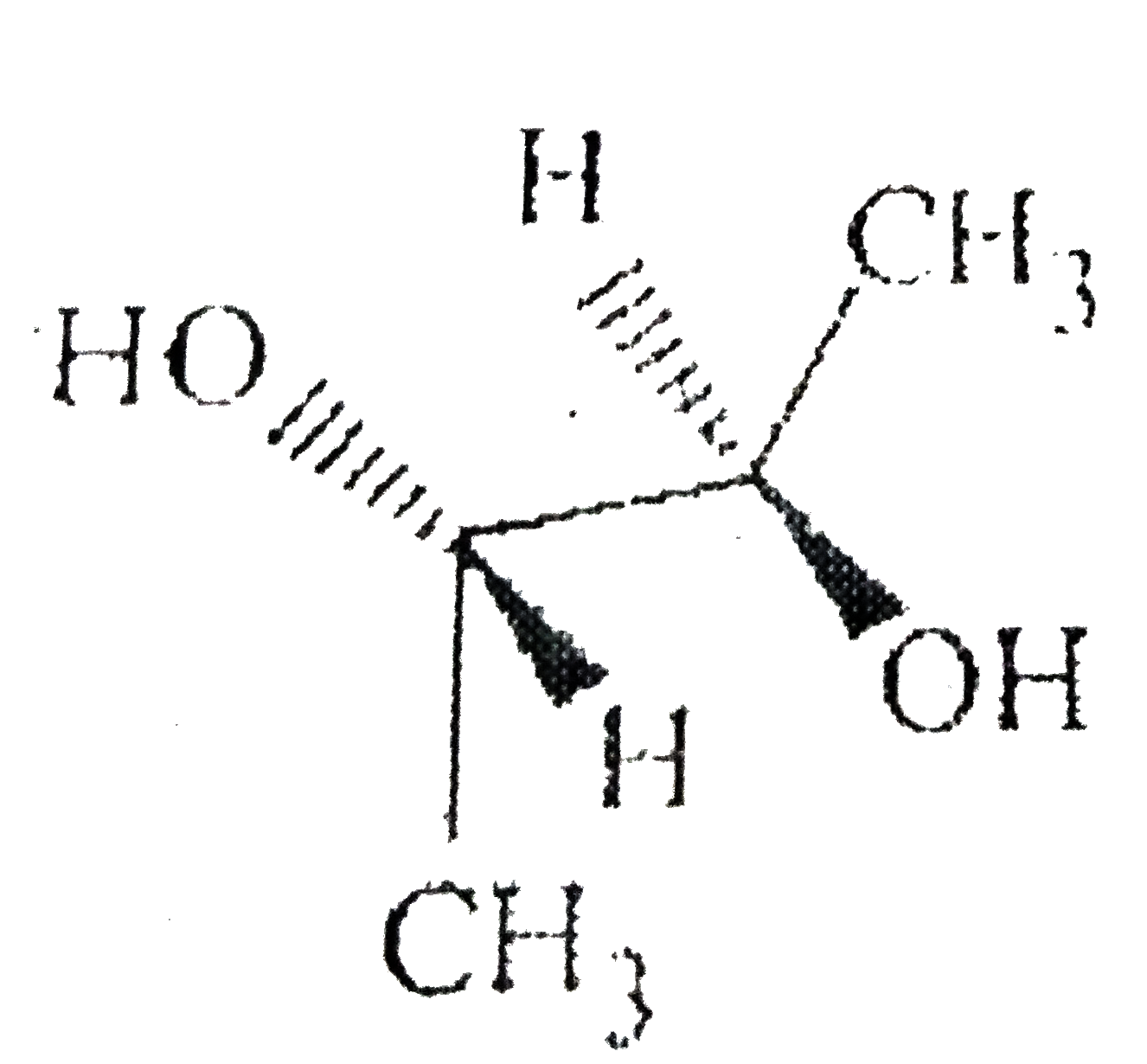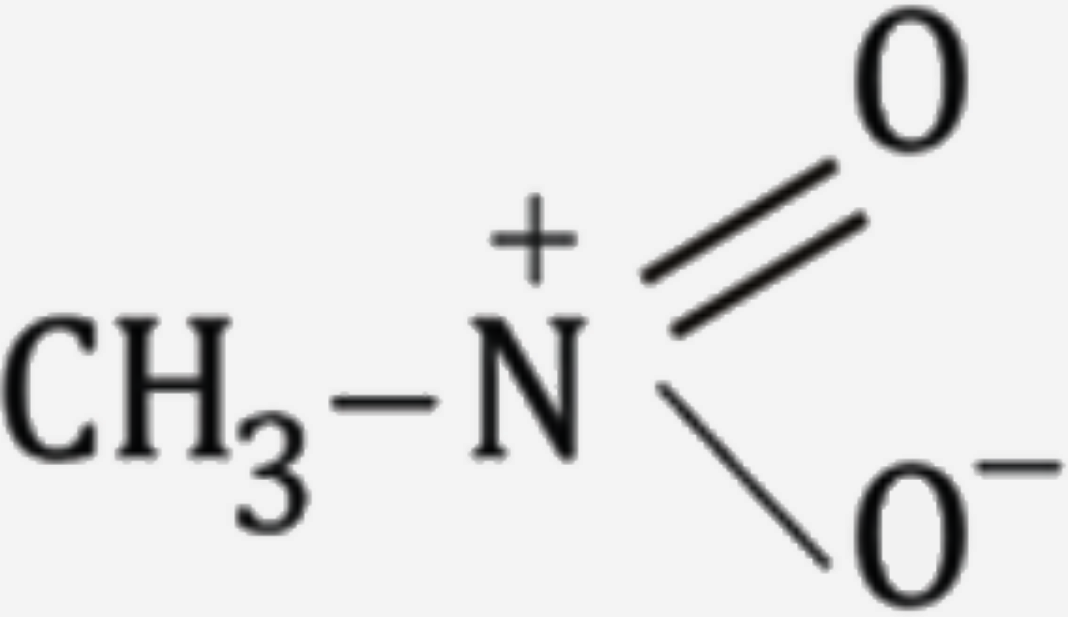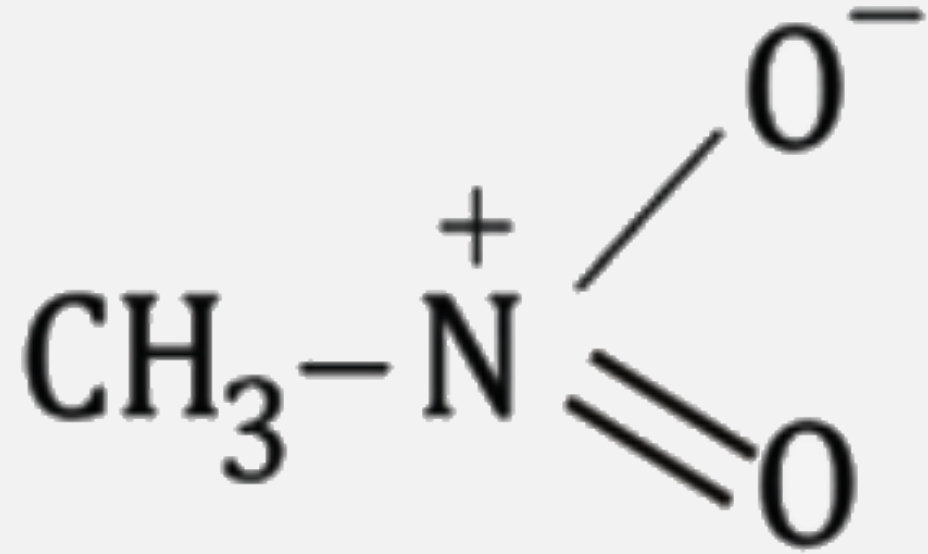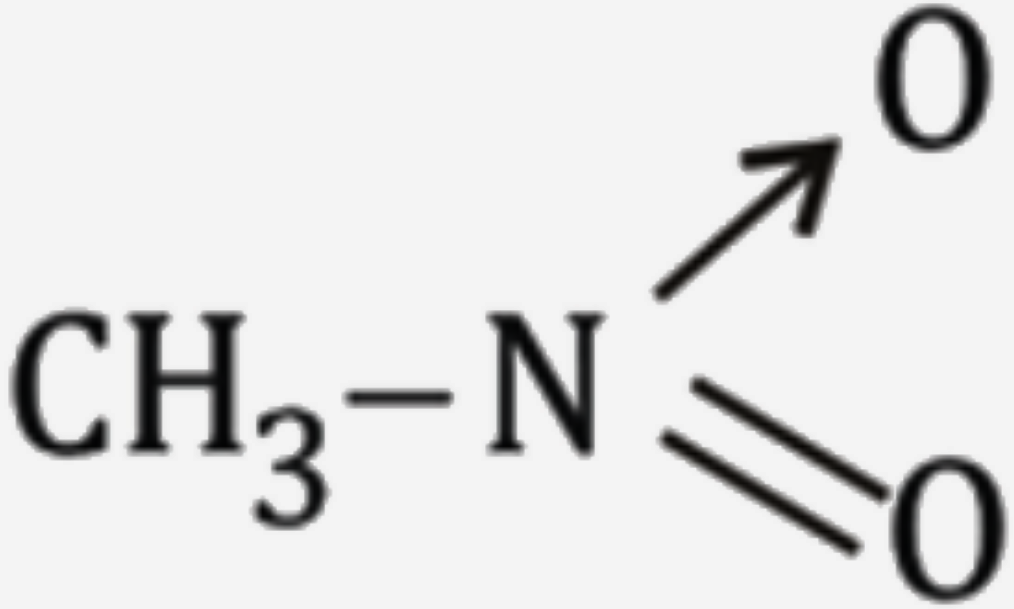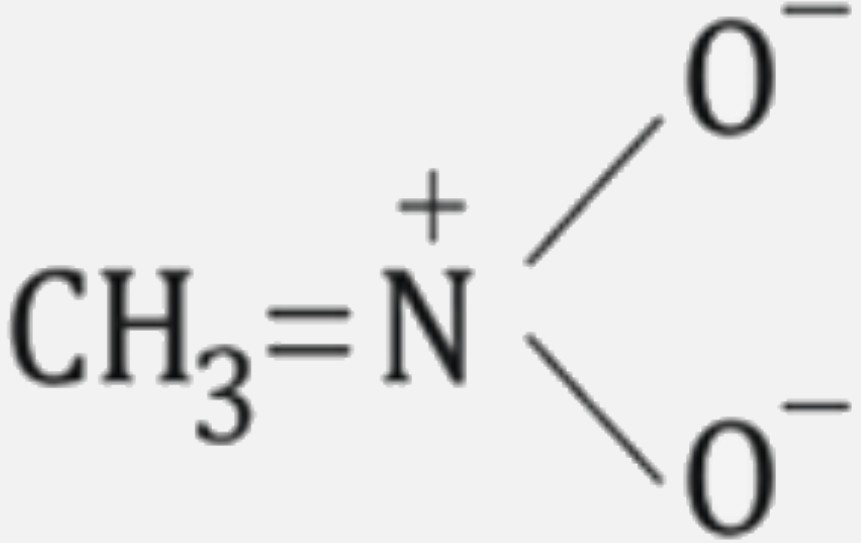Explore topic-wise InterviewSolutions in .
This section includes InterviewSolutions, each offering curated multiple-choice questions to sharpen your knowledge and support exam preparation. Choose a topic below to get started.
| 23801. |
Which of the following molecules will not show optical activity ? |
|
Answer»

|
|
| 23802. |
The smelting of iron in a blas furnace involves all the steps except: |
|
Answer» Reduction |
|
| 23804. |
The value of rate constant of a pseudo first order reaction |
|
Answer» Depends only on temperature |
|
| 23805. |
The sequence in which alpha-amino acids are linked to each other through...............bonds determine the.............structure of proteins. |
| Answer» SOLUTION :PEPTIDE , PRIMARY | |
| 23806. |
There are three closed containers in which equal amount of the gas are filled. If the containers are placed at the same temperature then find the correct options : |
|
Answer» PRESSURE of the gas is minimum is (III) CONTAINER |
|
| 23807. |
Which of the following oxides is amphoteric in nature? |
|
Answer» `Al_2 O_3` |
|
| 23808. |
What is the pH of a 0.02 M ammonia solution which is 5% ionised? |
|
Answer» 2 |
|
| 23809. |
Which amongest the following is the most stable carbocation ? |
|
Answer» `OVERSET(+)(CH_(3))` |
|
| 23810. |
Which of the following elements of group VA does not show allotropy |
|
Answer» N Nitronge `to alpha`-nitrogen and `beta`-nitrogen (Solid crystalline forms) Phosphorus `to ` white, Red and Black forms Arsenic `to` Yellow and Grey forms Antimony `to` Yellow and grey forms |
|
| 23811. |
What is the difference between nylon-6 and nylon-6, 6? Give their formulae |
| Answer» Solution :Nylon 6 is an ADDITION polymer WHEREAS nylon-6, 6 is a CONDENSATION polymer. | |
| 23812. |
Write the IUPAC names of (i) CH_(3)OCH_(2)CH_(2)OH (ii) CH_(3)OCH_(2)OCH_(3) and (iii) |
| Answer» Solution :(i) 2-methoxy ETHANOL , (ii) dimethoxy METHANE and (iii) PHENYL methanol | |
| 23813. |
Weight of Ag (At.mass = 108) deposited when 560 ml of O_(2) (NTP) is evolved is |
|
Answer» 207 GM `therefore` 560 mL = 0.8 g oxygen 0.89 oxygen = 0.1 gm eq. of oxygen 0.1 gm eq. i.e. 10.8 g of silver will be DEPOSITED . (Eq.mass of Ag = 108) |
|
| 23814. |
Which of the following compound require least amount of acidic KMnO_(4) for complete oxidation of its1 mole ? |
| Answer» Solution :`FeSO_(4)` | |
| 23815. |
The vapour pressure of two liquids P and Q are 80 torr and 60 torr respectively. The total vapour pressure obtained by mixing 3 mole of P and 2 mole of Q would be |
|
Answer» 68torr |
|
| 23816. |
Which one of the following is not a condensation polymer? |
|
Answer» NYLON 6, 6 |
|
| 23817. |
What are adsorption isobars ? In case of chemical adsorption, the adsorption first increases and then decreases with increase in temperature. Explain. |
| Answer» | |
| 23818. |
Whatareactinide ? Givethreeexample . |
|
Answer» Solution :(i) The fourteen elements following actinium, i.e., from thorium (Th) to lawrentium (Lr) are called actinoids. (II) All the actinoids are RADIOACTIVE and most of them have short half lives. (iii) The heavier MEMBERS being EXTREMELY unstable and not of natural occurrence. They are produced synthetically by the artificial transformation of naturally occuring elements by nuclear REACTIONS. (iv) Example : Thorium, Uranium, Plutonium, Californium. |
|
| 23819. |
Which of the following statement (s) is/are correct? |
|
Answer» In `S_(2)O_(3)^(2+)`, both sulphur are differentin nature |
|
| 23820. |
Which is not an organometallic compound: |
|
Answer» TRIMETHYL boron |
|
| 23821. |
What is the solubility of MgF_2in a buffer solution containing 0.45 M CH_3COOHand 0.20 M CH_3COONa? K_(sp) (MgF_2) = 6.5 xx 10^(-9), K (HF) = 6.8 xx 10^(-4), K (CH_3COOH) = 1.7 xx 10^(-5) |
| Answer» SOLUTION :`1.22 XX 10^(-3) M` | |
| 23822. |
Which of the following is obtained by hydrolysis of ethylmagnesium bromide ? |
|
Answer» `CH_(3)CH_(2)-CH=CH_(2)` |
|
| 23823. |
Transition metals form compexesin their zero oxidation state. The example of the above fact is : |
|
Answer» `Mn_2(CO)_10` |
|
| 23824. |
Which of the following pairs is isoelectronic? |
|
Answer» `AR and Cl ` |
|
| 23825. |
Which of the following pairs of substances undergoes S_(N^(2)) substitution reaction faster and why? |
Answer» Solution :(i).  being a primary alkyl halide will react faster as COMPARED to the other substance which is a tertiary alkyl halide. This is on account of LESSER steric hindrance involved in the first substance when nucleophile attacks. being a primary alkyl halide will react faster as COMPARED to the other substance which is a tertiary alkyl halide. This is on account of LESSER steric hindrance involved in the first substance when nucleophile attacks. (ii).  will react faster as compared to the other substnace since the clevage of `C-I` bond is easier as compared to that of `C -Cl` bond due to less bond DISSOCIATION enthalpy. will react faster as compared to the other substnace since the clevage of `C-I` bond is easier as compared to that of `C -Cl` bond due to less bond DISSOCIATION enthalpy.
|
|
| 23826. |
Which of the following diseases is not correctly matched with the vitamins mentioned with it? |
|
Answer» Vitamin `B_(2)`-CRACKING of lips |
|
| 23827. |
Which of the following have asymmetric carbon atom |
|
Answer» `{:(""CL" "Br),("|""|"),(H-C-C--H),("|""|"),(""H""H):}` Carbon atom, whose all the FOUR valencies are SATISFIED with different atoms or groups is called asymmetric C-atom. |
|
| 23828. |
What is the action of the following on isopropyl methyl ether ? (a) cold HI(b) hot HI |
|
Answer» Solution :(a) `underset("Isopropylmethyl ether")(CH_(3)-OVERSET(CH_(3))overset(|)(CH)-O-CH_(3))+HIoverset("cold")rarr underset("Isopropyl ALCOHOL")(CH_(3)-overset(CH_(3))overset(|)(CH)-OH)+underset("METHYL iodide")(CH_(3)I)` (b) `underset("Isopropylmethyl ether")(CH_(3)-overset(CH_(3))overset(|)(CH)-O-CH_(3))+2HI overset("hot")rarr underset("Isopropyl iodide")((CH_(3))_(2)CHI)+CH_(3)I+H_(2)O` |
|
| 23829. |
Which one of the following is a mineral of iron ? |
|
Answer» Malachite |
|
| 23830. |
Which of the following is an example of body centred cube? |
|
Answer» Mg |
|
| 23831. |
Explain the Hofnann bromamide reaction with one example. |
Answer» Solution :When AMIDE REACTS with` Br_2` and KOH, we GET primary amines. 
|
|
| 23832. |
Which is not a saturated fatty acid? |
|
Answer» PALMITIC ACID |
|
| 23833. |
Which of the following is a network solid |
|
Answer» `SO_2` (SOLID) |
|
| 23834. |
Which of the following structures for a nucleotide is not correct? |
|
Answer» Cytosine-RIBOSE-Phosphate |
|
| 23835. |
What is Gangue ? |
| Answer» SOLUTION :Generally ,the ORES are associated with NONMETALLIC impurities,ROCKY materials and siliceous MATTER which are collectively known as gangue. | |
| 23836. |
Which of the following drugs is an analgesic? |
|
Answer» Sulphagunaine |
|
| 23837. |
Which of the following metals dissolve in sodium hydroxide with the evolution of hydrogen? |
|
Answer» Beryllium |
|
| 23838. |
Which of the following elements cannot give characteristic colouration to the flame ? |
|
Answer» Cs |
|
| 23840. |
Select and write the most appropriate answer from the given alternatives for each sub-question : What is salvarsan ? |
| Answer» SOLUTION :SALVARSAN is an ANTIBIOTIC. | |
| 23841. |
Which of the following is not a structure of nitromethane molecule? |
|
Answer»
|
|
| 23842. |
The transition metals and their compounds have paramagnetic properties. This is due to the reason that ions of transition metals have unpaired electrons in (n-1)d orbitals. As the number of unpaired Sc to Mn, the paramagnetic character increases accodingly. From Mn onwards, this character decreases as electrons get paired up. The paramagnetic behaviour is expressed in terms of magnetic moment which is because of the spin of unpaired electron (n). It is given as Magnetic moment = sqrt(n(n+2))B.M Majority of transition metal compounds are coloured both in solid state as well as in aqueous solution. due to d-d transition in whichunpaired electrons from the lower energy d-orbitals are transferred to higher energy d-orbitals. The energy of this transition correspond to the radiation in visibe region. Thus, when white light falls on such a transition metal compound, some light energy corresponding to a particular colour is absorbed and one or more electrons are raised from lower energy set of orbitals to those of higher energy. With the absorption of radiations corresponding to specific colour from the white light, a colour known asd the complementary colour is observed or transmitted. For which one of the following ions, the colour is not due to a d-d transition: |
|
Answer» `CrO_(4)^(2-)` |
|
| 23843. |
What are antifertility drugs ? Give an example |
|
Answer» SOLUTION :CHEMICAL substances which are used to control the female menstrual cycle and ovulation, thereby checking PREGNANCY in women are CALLED antifertility drugs. Ex : NOVESTROL, norethindrone, |
|
| 23844. |
Write the general electronic configuration of transition elements or d-block elements. |
| Answer» SOLUTION :`(n-1)d^(1-10) NS^(0-2)` | |
| 23845. |
What is desorption ? |
| Answer» Solution :Desorption. The process of removing an adsorbed SUBSTANCE from a surface of the adsorbent is called desorption. It is reverse of ADSORPTION. It can be increased by increasing the TEMPERATURE. | |
| 23846. |
What is aldol condensation? |
|
Answer» Solution :TWO molecules of ACETALDEHYDE UNDERGOES condensation reaction in the presence of NaOH to form aldol. `underset("Acetaldehyde")(CH_(3)-underset(O)underset(||)(C)=O+CH_(3)CHO)OVERSET(NaOH)tounderset("Aldol")(CH_(3)-underset(OH)underset(|)(CH)-CH_(2)-CHO)` |
|
| 23847. |
Which of the following cycloalkane gives open chain compound, when reacts with bromine |
|
Answer» Cyclopropane |
|
| 23848. |
What is the standard electrode (Half-cell) potential ? Give its uses. |
|
Answer» Solution :Potential of standard electrode (Half-cell): Standard condition means at 298K temperature and 1 bar pressure of gases and 1M concentration of solution, the reproduction potential of electrode (Half-cell) is called as standard electrode potential which has volt unit. Construction of emf series: When half cell reaction are arranged in a decreasing ORDER of their standard reduction potential then such series of half-cell is known as emf series. it is as follows :  (i) A negative `E^(Theta)` means that the redox couple is a stronger REDUCING agent than the `H^(+)|H_(2)` couple. (ii) A positive `E^(Theta)` means that the redox couple is a weaker reducing agent than the `H^(+)|H_(2)` couple. Determine the stability order of reduction form: If the standard electrode potential of an electrode is GREATER than zero then its reduced form is more stable compared to hydrogen gas. E.g., stability order: `Ag gt Cu gt H_(2)` If the standard electrode potential is negative then hydrogen gas is more stable than the reduced form of the species. e.g., stability order : `H_(2) gt Pb gt Sn gt Ni gt Fe gt Cr gt Zn` (iii) To determine strength as oxidizing-reducing agent: Positive `E^(Theta)`: The standard electrode potential for fluorine is the highest in the Table indicating that fluorine gas (`F_(2)`) has the maximum tendency to get reduce to fluoride ions `(F^(-))` and therefore fluorine gas is the strongest oxidising agent and fluoride ion is the weakest reducing agent. Negative `E^(Theta)`: Lithium has the lowest electrode potential indicating that lithium io is the weakest oxidising agent while lithium metal is the most powerrful reducing agent in an aqueous solution. Note: The standard electrode potential decreases and with this, decreases the oxidising power of the species on the LEFT and increases the reducing powre of the species on the right hand side of the reaction e.g., `F_(2)` is strong oxidizing agent and `F^(-)` is strong reducing agent. (iv) To determine the possibilities of reaction : The half-cell with high standard reduction potential will give more reduction reaction with respect to less standard reduction potetnial, which gives reduction reactions. `E_((Cu^(2)|Cu))^(Theta)=+0.34V and H^(+)|H_(2(g))` of `E^(Theta)=0V` `[E_((Cu^(2+)|Cu))^(Theta) gt E_(H^(+)|H_(2))]` So `H^(+)` ion can.t oxidize Cu. and so Cu metal can.t be dissolved in HCl. `2H_((aq))^(+)+Cu_((S)) to `Reaction will not occurs But `H_(2(g))+Cu_((aq))^(2+) to 2H^(+)+Cu_((S))` reaction will occur Hydrogen gas can reduced copper ion into copper metal. Reduction: `Cu_((aq))^(2+)+2e^(-) to Cu_((S)) (E_(Cu^(2+)|Cu)^(Theta)" More")` Oxidation `:H_(2(g)) to 2H_((aq))^(+) + 2e^(-) (E_(Cu^(2+)|Cu)" Less")` Note: Oxidation of Cu metal into `Cu^(2+)` ion is possible by nitrate ions of nitric acid. |
|
| 23849. |
Which of the following phosphorus oxyacids can act as a reductiong agent ? |
|
Answer» <P>`H_(3)PO_(3)` 
|
|

